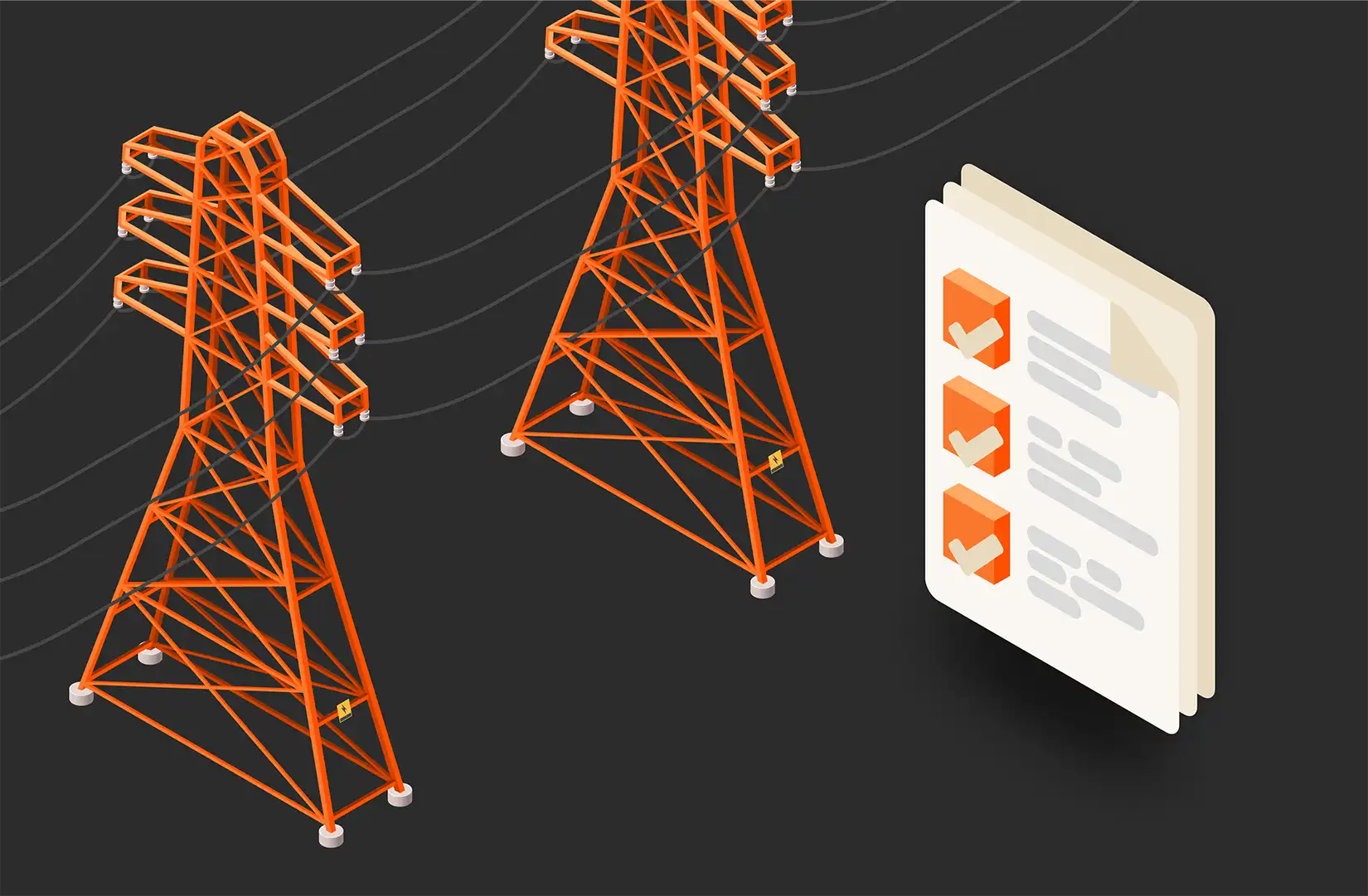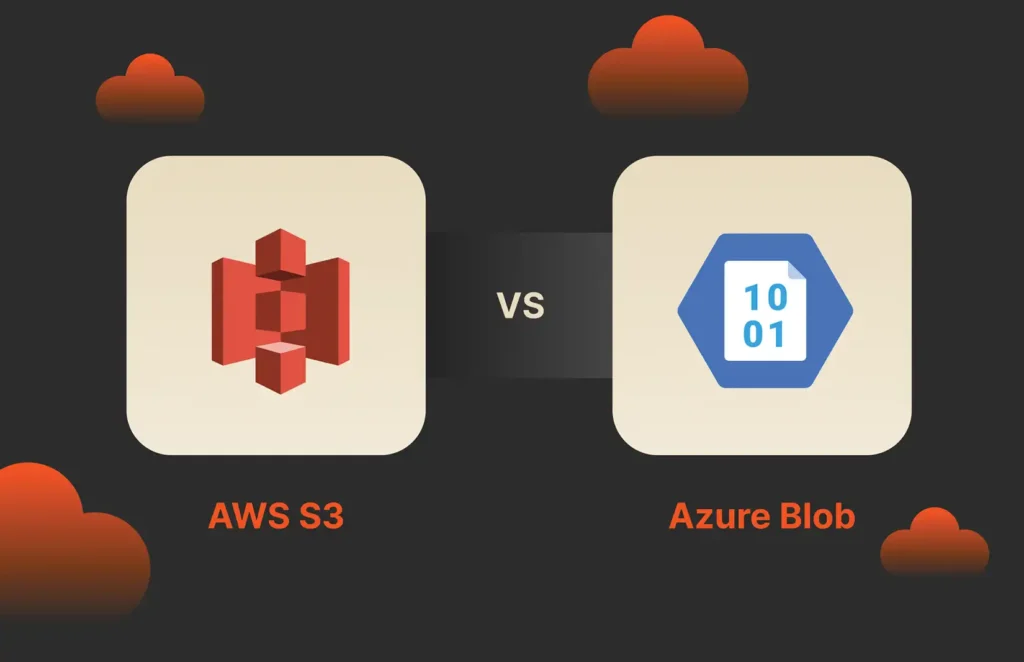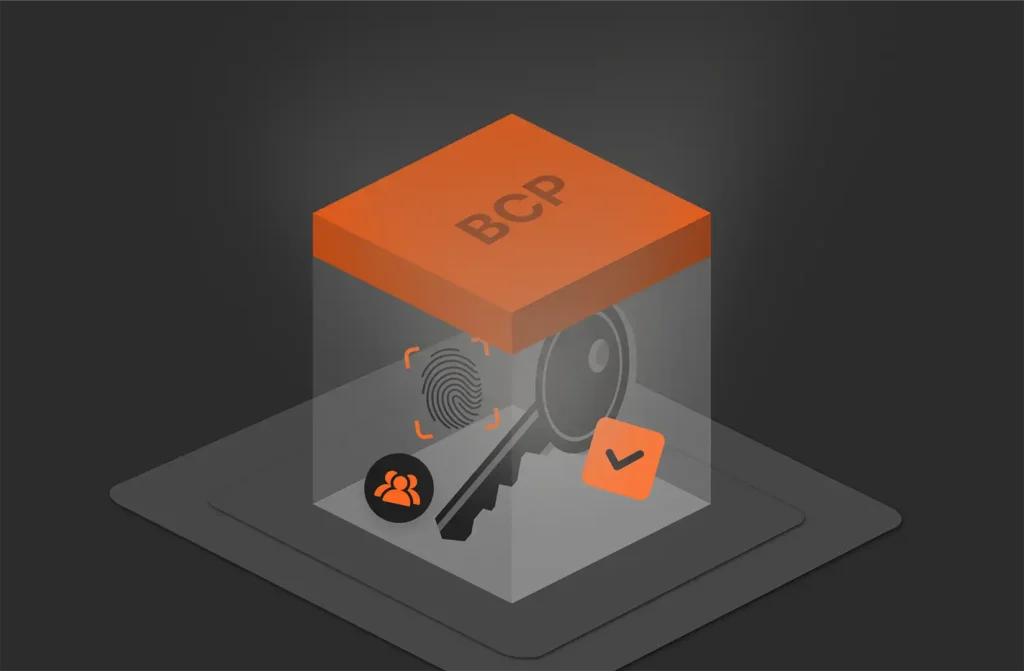Summary
NERC CIP is a framework of standards that electric utilities and transmission operators must have in place to guard against cyberattacks and physical threats.
In the realm of power grid security, the North American Electric Reliability Corporation (NERC) Critical Infrastructure Protection (CIP) standards play a pivotal role. These standards are designed to safeguard the Bulk Electric System (BES) from cyber threats, ensuring the reliability and security of the North American power grid.
For organizations involved in the bulk power system, including electric utilities and transmission companies, understanding and complying with NERC CIP is not only mandatory but also crucial for preventing catastrophic disruptions. Compliance with these standards helps protect against cyberattacks that could lead to widespread power outages, economic losses, and public safety risks.
What Is NERC CIP?
NERC CIP is a set of mandatory security regulations and guidelines developed by NERC in collaboration with the Federal Energy Regulatory Commission (FERC). These standards are enforced by FERC, which has the authority to impose penalties for non-compliance.
The framework includes a range of standards, from CIP-001 to CIP-014, that cover various aspects of cybersecurity and physical security for critical infrastructure. Each standard addresses a specific aspect of security, ensuring that all facets of the power grid are protected. For instance, CIP-002 focuses on asset identification and classification, while CIP-005 deals with network security. This comprehensive approach ensures that utilities and transmission operators have robust security measures in place to protect their systems.
Key Components of NERC CIP
The NERC CIP standards are comprehensive and cover a wide range of security practices. Asset identification and classification, as outlined in CIP-002, are crucial for determining which systems are critical to the operation of the BES. This process helps utilities prioritize their security efforts and allocate resources effectively.
CIP-003 emphasizes the importance of policy and governance, ensuring that organizations have clear policies and procedures in place to manage cybersecurity risks. Personnel and training, covered under CIP-004, highlight the need for ongoing education and awareness among employees to prevent human error and ensure compliance.
Network security, as specified in CIP-005, requires utilities to implement robust controls to protect their networks from unauthorized access. The physical security of cyber assets, addressed in CIP-006, ensures that critical systems are protected from physical threats.
Systems security controls, outlined in CIP-007, mandate the implementation of technical controls such as firewalls and intrusion detection systems. Cybersecurity incident response and recovery plans, covered under CIP-008 and CIP-009, respectively, are essential for quickly responding to and recovering from security incidents. Change and vulnerability management, as specified in CIP-010, requires utilities to regularly assess and mitigate vulnerabilities in their systems. Protection of BES cyber system information, outlined in CIP-011, ensures that sensitive information is handled securely.
Control center communications, addressed in CIP-012, focus on securing communication networks. Supply chain security, covered under CIP-013, emphasizes the importance of vetting suppliers to prevent risks introduced by third-party vendors. Lastly, the physical security of key substations, as mandated by CIP-014, requires utilities to implement robust physical security measures at critical substations.
Why Is NERC CIP Important?
NERC CIP is vital for ensuring the reliability of the power grid by preventing cyberattacks that could lead to widespread outages. These standards mandate robust cybersecurity measures to protect against evolving threats like ransomware and data breaches, which are increasingly sophisticated and frequent.
Beyond digital security, NERC CIP also requires physical security controls to safeguard critical assets, recognizing that physical breaches can be just as devastating as cyber ones.
Compliance with NERC CIP standards reassures stakeholders, including consumers and regulatory bodies, that utilities are committed to protecting the grid and maintaining public trust. This trust is crucial for maintaining operational credibility and avoiding potential legal and financial repercussions associated with non-compliance.
Challenges in Achieving NERC CIP Compliance
Achieving compliance with NERC CIP standards can be challenging due to their complexity and the significant investment in time and resources required. The evolving threat landscape means that utilities must continuously update their security measures to address new cyber threats.
Cross-department coordination is also a challenge, as compliance requires collaboration across IT, operations, and regulatory teams. Additionally, entities must maintain thorough records to prove compliance, which can be a daunting task given the extensive documentation required. Despite these challenges, compliance is essential for maintaining grid reliability and avoiding potential penalties.
Best Practices for Achieving and Maintaining NERC CIP Compliance
NERC CIP compliance involves a comprehensive approach that includes risk assessment, asset protection, and continuous monitoring. Here are some best practices to help utilities effectively comply with NERC CIP standards:
1. Adopt a Risk-based Approach
NERC CIP follows a risk-based approach, which means utilities must identify their critical assets, assess potential threats, and implement security measures accordingly. This involves categorizing Bulk Electric System (BES) Cyber Systems based on their impact on grid reliability (CIP-002) and implementing appropriate security controls.
2. Leverage Technology for Compliance
Using platforms designed for continuous control monitoring can significantly streamline compliance efforts. These technologies help automate tasks such as vulnerability assessments, patch management, and access control monitoring, reducing the burden on internal resources. Additionally, leveraging cloud solutions can support business and security objectives while aiding in compliance, as cloud providers like AWS offer guides and tools to support NERC CIP compliance.
3. Stay Informed about Evolving Standards
NERC CIP standards evolve over time, and staying informed about these changes is essential for maintaining compliance. Utilities should regularly review updates to standards such as CIP-007, which mandates strict patching cycles, and ensure their compliance strategies adapt accordingly.
4. Conduct Regular Audits and Assessments
Regular audits and assessments are critical for ensuring ongoing compliance. These activities help identify vulnerabilities, assess compliance gaps, and prioritize risks. Conducting mock audits can also prepare utilities for official inspections by identifying and addressing compliance issues before they become major problems.
5. Implement Comprehensive Security Awareness Programs
Developing and implementing comprehensive security awareness programs is vital for ensuring that all personnel understand and adhere to security best practices. This includes training on cybersecurity, physical security, and incident response protocols, and also developing a stance of cyber resilience.
6. Maintain Detailed Documentation
Keeping detailed documentation of security policies, training sessions, audits, and compliance efforts is essential for demonstrating compliance during audits. This documentation should be up to date and easily accessible.
7. Ensure Timely Incident Response and Reporting
Utilities must have clear incident response plans in place, including protocols for detecting, assessing, and responding to cybersecurity incidents. Timely reporting and response are crucial for minimizing downtime and ensuring compliance with standards like CIP-008.
8. Foster Cross-departmental Collaboration
Achieving NERC CIP compliance requires collaboration across departments, including IT, operations, and regulatory teams. Ensuring that all stakeholders are aligned and working together is key to successful compliance efforts.
How Pure Storage Helps with NERC CIP Compliance
Pure Storage empowers organizations to achieve NERC CIP compliance while enhancing cyber resilience through secure, high-performance, and energy-efficient storage solutions. By integrating advanced security features and recovery capabilities, Pure Storage ensures compliance with stringent NERC CIP standards while safeguarding critical infrastructure from evolving cyber threats.
Key Features Supporting NERC CIP Compliance
Data Encryption and Protection
Pure employs AES-256 encryption, ensuring data at rest is protected without impacting performance or data reduction capabilities. SafeMode™ Snapshots provide immutable backups that prevent unauthorized deletion or modification, aligning with CIP-011 requirements for protecting BES Cyber System Information (BCSI). These snapshots are stored in secure enclaves accessible only to authenticated personnel, further enhancing data integrity.
Access Control and Authentication
Pure Storage integrates seamlessly with zero-trust security frameworks, multi-factor authentication (MFA), and role-based access control systems. These capabilities ensure strict access controls for BES systems, supporting CIP-004 compliance by limiting access to authorized personnel only.
Proactive Security Assessments
Pure1® provides advanced security assessments that help utilities identify vulnerabilities and optimize their security posture. With tools like the Data Protection Assessment and Security Assessment, organizations can proactively address risks and ensure compliance with evolving NERC standards such as CIP-010 (Change Management) and CIP-007 (System Security Controls).
Integration with Cloud Solutions
Pure supports hybrid cloud environments through integrations with platforms like Azure Government and AWS. These integrations enable utilities to securely store data in the cloud while maintaining compliance with NERC CIP standards, including those related to data retention and secure communications (CIP-012).
Enhanced Threat Detection
Pure Storage solutions incorporate anomaly detection and real-time monitoring capabilities to identify potential threats before they escalate. These features align with CIP-005 requirements for network security by ensuring robust perimeter defenses and detecting suspicious activity across storage systems.
Documentation and Auditing Support
Pure Storage provides detailed logs, immutable records, and automated reporting tools necessary for audits. With SafeMode™ Snapshots and integrated logging capabilities, utilities can demonstrate compliance with standards like CIP-003 (Policy Governance) and CIP-006 (Physical Security) during regulatory inspections.
Rapid Recovery Capabilities
Pure’s FlashArray™ and FlashBlade® systems deliver near-zero Recovery Time Objectives (RTO) during cyber incidents. These platforms leverage ActiveCluster™ and ActiveDR™ technologies to ensure uninterrupted operations while meeting stringent recovery requirements outlined in CIP-008.
By leveraging these features, utilities can not only meet NERC CIP requirements but also build a robust cyber resilience strategy capable of mitigating modern threats while ensuring operational continuity.

Cyber Resilience, Pure and Simple
Fortify your data and guarantee uninterrupted business operations.
Learn more about how the Pure Storage platform can help companies comply with NERC CIP.
The Pure Storage Platform
Learn more about a platform that grows with you, forever.






